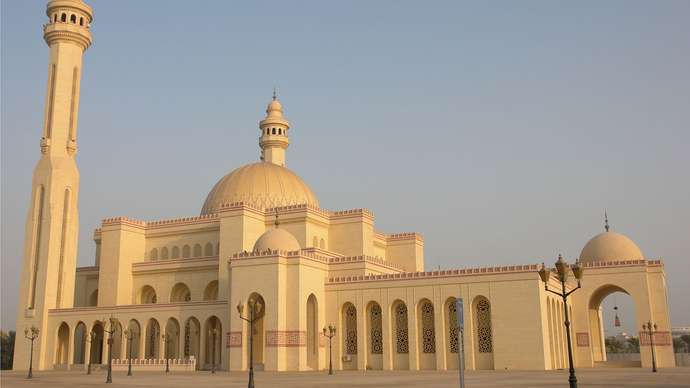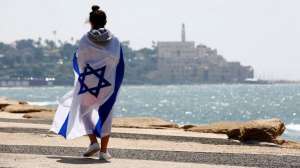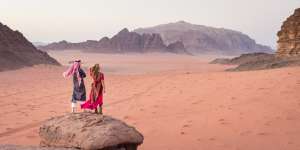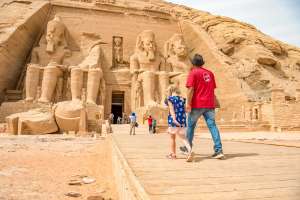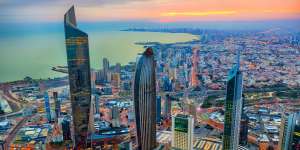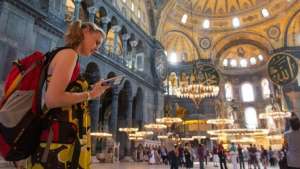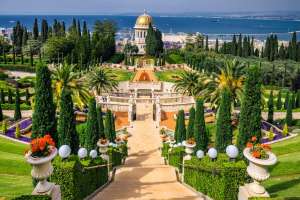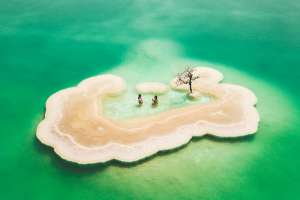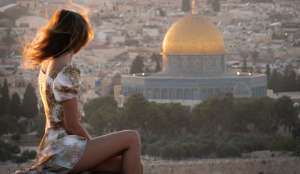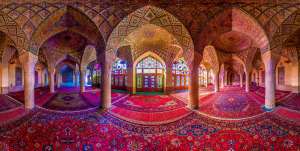Bahrain, whose name literally translates to “two seas,” stands as one of the most intriguing and progressive nations in the Arabian Gulf. It was among the earliest Gulf states to strike oil and to establish a refinery, marking a turning point in its economic and political evolution. However, unlike its neighbors Kuwait and Saudi Arabia, Bahrain’s oil reserves never reached the same abundant levels. This limitation turned out to be both a challenge and a blessing, as it pushed Bahrain to diversify its economy early on, transforming it into a hub for banking, trade, and tourism.
The island nation operates under a monarchy ruled by a Sunni king, with the royal family maintaining control over most political and military positions. Yet, beneath the nation’s prosperity lies a complex social fabric, as the Shia majority population continues to seek greater representation under Sunni leadership — a tension that occasionally surfaces in political demonstrations and civil unrest. Despite these periodic strains, Bahrain remains one of the Gulf’s most open and socially progressive countries, balancing tradition with modern governance.
Key Facts About Bahrain
Population: 1.4 million
Area: 717 sq km (277 sq miles)
Major Language: Arabic
Major Religion: Islam
Life Expectancy: 75 years (men), 76 years (women)
Currency: Bahraini Dinar
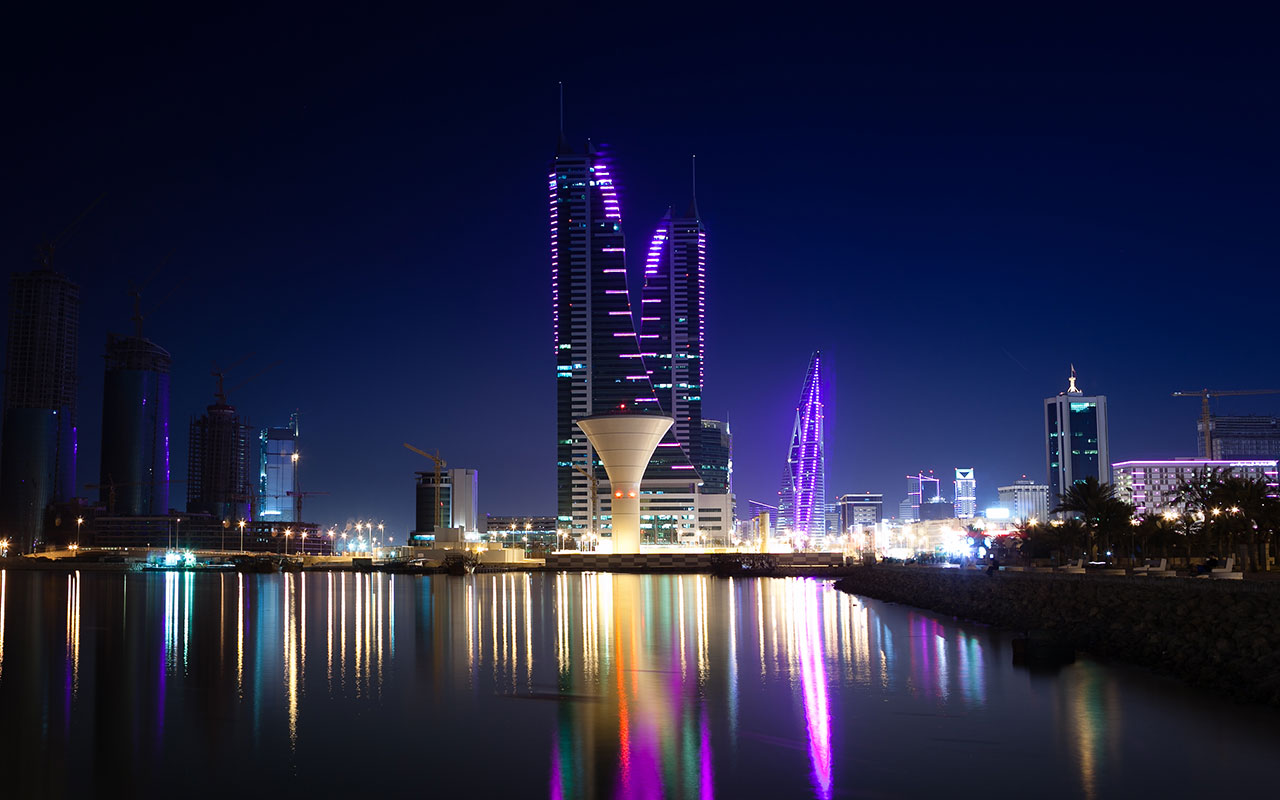
About Bahrain
Nestled within a bay along the southwestern edge of the Persian Gulf, Bahrain is a compact yet historically rich Arab state made up of an archipelago of around thirty islands. The name “Bahrain,” drawn from the Arabic word al-baḥrayn, poetically means “two seas,” a reference to the fresh water springs that rise beneath the saltwater surrounding its shores.
Despite lying at the heart of one of the world’s richest oil-producing regions, Bahrain’s own petroleum reserves are modest. Instead, the country built its wealth through refining oil from neighboring nations, while simultaneously developing thriving sectors in finance, telecommunications, and commerce. In recent decades, tourism has flourished, further expanding Bahrain’s economic reach.
The nation’s capital, Manama (Al-Manāmah), located on the northeastern tip of Bahrain Island, serves as both its political and economic heart. With its gleaming skyline, vibrant port, and international energy, Manama presents a blend of Middle Eastern tradition and cosmopolitan sophistication. On weekends, the city fills with visitors—many from nearby Saudi Arabia—who come to enjoy its lively dining, shopping, and entertainment scene. Yet, beyond its urban rhythm, Bahrain maintains a deep cultural conservatism anchored in family values, faith, and national pride. Its constitution declares the family as the cornerstone of society, reflecting a social balance between progress and tradition.
Known for its lush groves of date palms and a long history as a trading port, Bahrain’s influence in the region predates the oil era. It is widely believed to be the site of ancient Dilmun, a once-thriving kingdom that served as a crossroads for trade between Mesopotamia and the Indus Valley. Over centuries, Bahrain was ruled and colonized by various powers until the Āl Khalīfah family established its dynasty in the late 18th century—a rule that continues to this day. Recognizing its strategic position, Bahrain opened its ports to foreign naval powers, including the United States, further solidifying its importance on the global stage.
Land and Geography
Bahrain’s total land area is only slightly larger than that of Singapore, making it one of the smallest nations in the Middle East. The King Fahd Causeway, stretching about 24 kilometers (15 miles), connects Bahrain to neighboring Saudi Arabia to the west, while Qatar lies across the waters to the east.
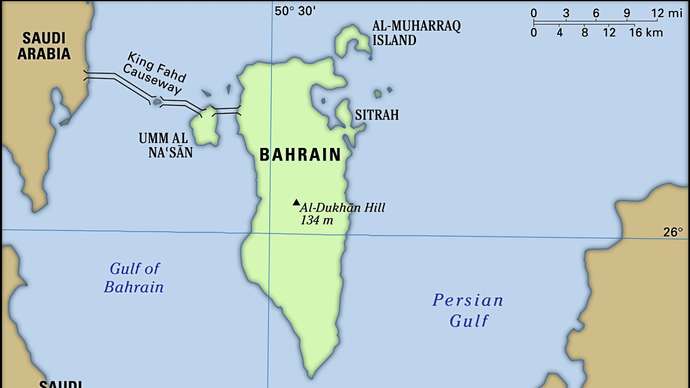
The kingdom is divided into two main island groups stretching roughly 50 kilometers from north to south and 16 kilometers from east to west. The main Bahrain Island accounts for nearly seven-eighths of the total territory, surrounded by smaller islands such as Al-Muharraq, Sitrah, Nabī Ṣāliḥ, Umm al-Naʿsān, and Al-Muḥammadiyyah, many of which are linked by modern causeways. To the southeast lie the Ḥawār Islands, a cluster of small, rocky islands near the coast of Qatar. Their ownership was long disputed until 2001 when the International Court of Justice officially granted them to Bahrain. Although sparsely inhabited by fishermen and quarry workers, these islands are thought to hold untapped reserves of natural gas and petroleum.
Landscape and Terrain
While the smaller islands are generally flat and rocky, rising only slightly above sea level, Bahrain’s main island presents a more diverse landscape. It is primarily composed of ancient limestone and sandstone formations, dating back millions of years, shaped by wind and erosion into gentle ridges and plains. The island’s highest elevation, Al-Dukhān Hill (Jabal Al-Dukhān), stands at about 134 meters (440 feet) above sea level, offering a panoramic view of the desert expanse.
The southern and western parts of Bahrain are arid, featuring vast sandy plains and occasional salt flats, while the northern belt is strikingly green. This fertile zone supports dense date palm plantations and vegetable gardens sustained by freshwater springs and wells. Historically, Bahrain’s prosperity was tied to these natural aquifers, fed by rainfall from the mountains of eastern Saudi Arabia.
However, as population growth and urban development surged, groundwater reserves began to decline. Today, nearly 60 percent of Bahrain’s water supply comes from desalination plants powered by natural gas, a technological adaptation that reflects the nation’s resilience in facing environmental challenges.
Climate of Bahrain
Bahrain’s climate can be described as extremely hot and humid, typical of the Arabian Gulf. Summers, extending from May to October, are long and oppressive, with daytime temperatures often surpassing 35°C (95°F) and humidity making it feel much hotter. Nights bring little relief, staying warm and sticky.
Winter, on the other hand, offers a far more pleasant environment, with temperatures averaging around 21°C (70°F) between December and March. Rainfall is rare—only about 75 mm annually—and usually limited to brief showers during the cooler months. The skies remain bright and clear most of the year, ensuring plenty of sunshine for both residents and tourists.
Two major wind patterns dominate Bahrain’s weather. The shamāl, a northwesterly wind, brings cool breezes and humidity, while the qaws, a hot and dusty southern wind, occasionally sweeps across the desert, reducing visibility and drying out the air.
Nature and Wildlife
Although Bahrain’s desert environment limits biodiversity, the islands still support around 200 species of hardy desert plants, many adapted to survive in the dry climate. In irrigated areas, farmers cultivate a wide range of crops, including fruit trees, fodder plants, and vegetables.
As for wildlife, Bahrain hosts a small but resilient ecosystem. Gazelles, hares, and lizards roam its deserts, while the Indian mongoose—introduced long ago—thrives in cultivated zones. During spring and autumn migrations, flocks of migratory birds rest in Bahrain’s wetlands, making it a seasonal sanctuary for ornithologists and nature enthusiasts.

People of Bahrain
Bahrain’s society is an intricate blend of cultural influences and ethnic diversity that reflects centuries of migration, trade, and colonial contact. Despite its small geographic size, the country’s population is remarkably cosmopolitan — a unique feature within the Gulf region.
Nearly half of Bahrain’s residents are of Arab descent, and most native-born Bahrainis trace their ancestry to the tribes that settled the islands long before the modern state was formed. Alongside them live large communities of Palestinians, Omanis, and Saudis, who have integrated into the social fabric over time. However, almost half of Bahrain’s total population consists of foreign-born workers, a reflection of its economic openness. The expatriate workforce, drawn primarily from India, Pakistan, Iran, the Philippines, and Western nations such as the United Kingdom and the United States, plays a critical role in the labor market. Around three-fifths of Bahrain’s total labor force are expatriates, many working in construction, hospitality, finance, and healthcare.
Ethnic Groups and Cultural Mosaic
The mix of peoples in Bahrain has led to a rich cultural tapestry. The coexistence of Arabs, South Asians, and Western expatriates has given rise to a society where traditional customs sit side by side with global lifestyles. Local markets bustle with languages and aromas from across continents, and the influence of Indian and Persian cuisines is unmistakable in Bahrain’s dining scene. Yet, beneath this global flavor, Bahrain remains proudly Arab in spirit — its traditions rooted deeply in hospitality, family, and faith.
Languages
Arabic stands as the official language of Bahrain, serving as the medium of government, media, and everyday conversation among citizens. Yet, English is also widely spoken and serves as a second language across schools, businesses, and official communications — a reflection of Bahrain’s international orientation and its long-standing engagement with global commerce.
In homes and communities, a variety of languages thrive. Persian is spoken among Bahrainis of Iranian descent, while expatriate communities maintain their own languages such as Urdu, Hindi, Malayalam, and Tagalog. This linguistic diversity makes Bahrain one of the most multilingual countries in the Gulf, an advantage that supports its role as a financial and diplomatic hub.
Religion in Bahrain
The religious identity of Bahrain is predominantly Islamic, encompassing both the Sunni and Shia branches of Islam. While Sunnis make up the ruling class — including the royal Āl Khalīfah family — the Shia community forms the majority of the population, creating a dynamic yet sensitive balance in the nation’s social and political life.
Religious diversity extends beyond Islam as well. Bahrain’s population includes small but vibrant communities of Christians, Jews, Hindus, and Bahāʾīs, many of whom are expatriates. The country’s tolerance toward minority religions is notable, with several churches and temples coexisting peacefully alongside mosques. This pluralism stands as one of Bahrain’s defining features in a region often characterized by religious uniformity.
The Grand Mosque in Manama, also known as the Al-Fateh Mosque, is one of the largest mosques in the world and a symbol of national pride. It can host over 7,000 worshippers and serves not only as a center of prayer but also as a space for education and cultural dialogue. Its architectural magnificence — vast domes, elegant marble interiors, and Quranic calligraphy — captures the spiritual identity of the Bahraini people.
Settlement and Urban Life
Bahrain’s settlement patterns reveal a contrast between modern urban living and pockets of traditional village life. Most Bahrainis today live in towns or cities, particularly in the northern part of the main island, where access to water from natural springs has historically allowed agriculture to flourish. This region, dotted with villages surrounded by palm groves, presents a green contrast to the arid southern deserts.
Village homes are typically built with flat-roofed stone or concrete structures, reflecting the island’s traditional architecture and the need for ventilation in the hot climate. In some coastal fishing areas, simpler barasti huts made from palm branches are still seen, representing a fading link to Bahrain’s pre-oil heritage.
The two major urban centers, Manama and Al-Muharraq, house more than one-third of Bahrain’s total population. Manama, with its dynamic port Mīnāʾ Salmān, serves as the commercial and administrative heart of the country. It is home to government offices, banks, luxury hotels, and international corporations. The souq in the old quarter remains a vibrant market where modern shops stand alongside traditional stalls selling spices, fabrics, and gold.
In contrast, Al-Muharraq — Bahrain’s former capital — retains a more traditional charm, with winding alleys and historic houses that reflect the island’s cultural legacy. Other major settlements include ʿAwālī, originally built to accommodate employees of the Bahrain Petroleum Company (Bapco); Madīnat ʿĪsā (Isa Town), a planned community established in 1968; and Madīnat Ḥamad, completed in 1984. The three Rifāʿ towns — North, East, and West Rifāʿ — together form one of the country’s growing residential zones.
Demographics and Population Trends
Bahrain’s population continues to expand at a steady rate, averaging nearly 2 percent annual growth. Unlike some of its neighbors, Bahrain’s birth rate remains moderate, while its immigration rate ranks among the highest in the world. About half of the total population consists of expatriates who contribute significantly to the economy.
Life expectancy is among the best in the region, with men living to an average of 77 years and women to around 81 years. The country enjoys a low mortality rate, reflecting its advanced healthcare system and overall standard of living. The leading causes of death mirror those in developed nations — cardiovascular and respiratory diseases, along with various cancers. Approximately one-fifth of Bahrain’s people are under the age of fifteen, ensuring a young and dynamic workforce for the future.
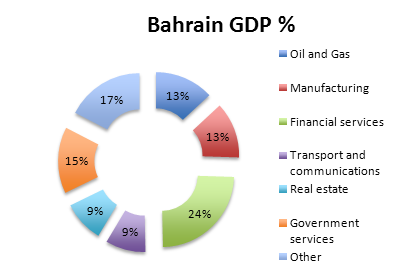
Economy of Bahrain
Bahrain’s economic journey offers a model of adaptability and innovation. It was the first Gulf emirate to discover oil in 1932, but also the first to foresee its eventual depletion. Rather than relying solely on petroleum, Bahrain strategically diversified, developing one of the most balanced economies in the Gulf.
Today, Bahrain’s economy spans multiple sectors: oil refining, aluminum production, petrochemicals, ship repair, financial services, tourism, and light manufacturing. Although oil and gas remain important, their contribution to GDP has declined significantly as industries such as banking, insurance, and telecommunications have surged ahead.
The nation’s flagship industries include Bahrain Petroleum Company (Bapco) and Aluminum Bahrain (Alba), one of the world’s largest aluminum smelters. Together, they represent Bahrain’s capacity to merge natural resources with advanced industrial production. Despite its small oil reserves, Bahrain has maintained steady growth, supported by its business-friendly environment and strong trade ties with Saudi Arabia, the UAE, and Western markets.
Bahrain’s strategic position as a financial hub in the Persian Gulf has also made it a magnet for multinational corporations and international investors. While it faces increasing competition from Dubai and Abu Dhabi, Bahrain retains a reputation for regulatory stability, transparent governance, and well-trained human capital.
Agriculture and Fisheries
Agriculture contributes only a small share to Bahrain’s overall GDP — less than three percent — due to limited arable land and freshwater resources. Nonetheless, the government has long encouraged agricultural innovation through modern irrigation and greenhouse systems. Local farmers grow dates, tomatoes, pomegranates, mangoes, bananas, and alfalfa, while also investing in dairy and poultry production.
Fishing, once a major livelihood, has declined over time due to industrial pollution and environmental changes, particularly after oil spills during the Persian Gulf War. However, efforts continue to modernize the sector, with the aim of restoring marine biodiversity and expanding private fisheries.
Resources and Energy
While Bahrain’s own Al-Baḥrayn (Awali) oil field is nearly depleted, the nation has leveraged its expertise in refining imported crude from Saudi Arabia. The Bapco refinery, continuously modernized since 1998, remains central to its energy economy. The country’s natural gas reserves also provide a reliable domestic energy source, powering industries and desalination plants.
Although Bahrain nationalized its oil and gas sectors decades ago, it has since encouraged foreign investment and exploration, inviting international firms to develop offshore reserves and renewable energy initiatives aimed at future sustainability.
Industry and Manufacturing
Bahrain’s industrial history traces back to the traditional crafts of dhow building, pearling, and weaving. Today, those crafts survive as cultural relics, while modern industries dominate the economic landscape. Ship repair yards, aluminum rolling mills, plastic manufacturing plants, and consumer goods factories operate across industrial zones, many under partial government ownership.
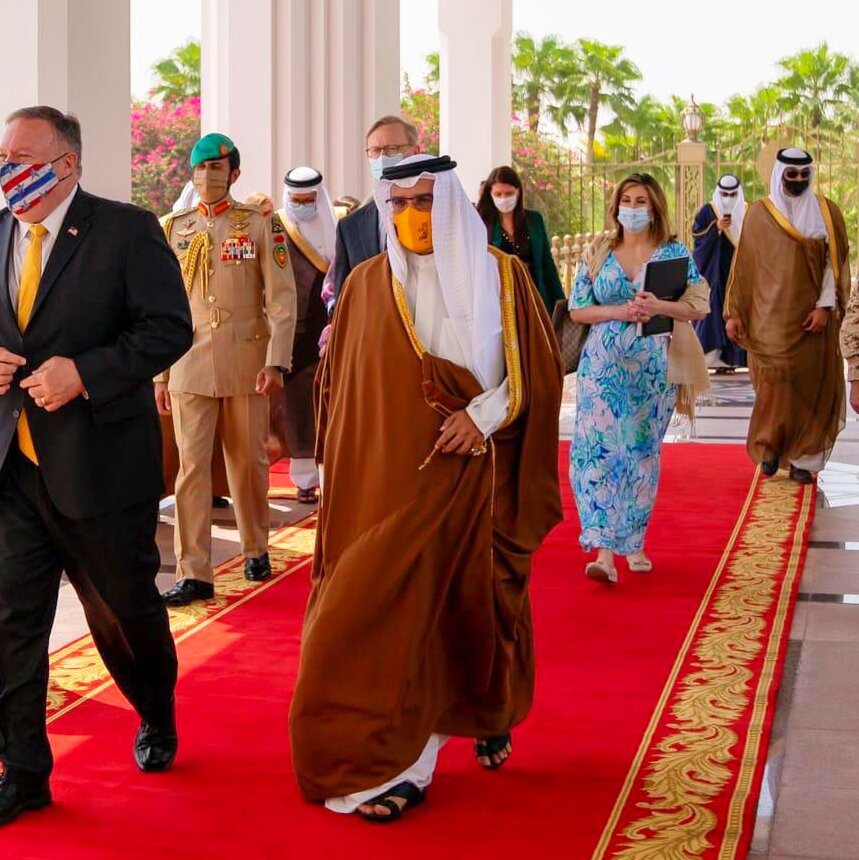
The Alba smelter, a global leader in aluminum production, remains the cornerstone of Bahrain’s manufacturing sector, supplying exports across the Gulf, Europe, and Asia. The country’s skilled labor force, efficient logistics, and stable regulatory environment have helped sustain Bahrain’s position as a preferred regional base for industrial expansion.
Finance and Banking
Over recent decades, Bahrain has evolved into a leading financial and banking center of the Middle East. Encouraged by government reforms, it now hosts numerous commercial, offshore, and investment banks, alongside insurance companies and fintech firms. The establishment of the Bahrain Stock Exchange in 1989 and the modernization of its Central Bank (formerly the Bahrain Monetary Agency) further cemented its position as a financial powerhouse.
Bahrain’s economic diversification, combined with its strategic openness to global partnerships, continues to define its identity as a modern, outward-looking nation — one that bridges its rich Arab heritage with a progressive vision for the future.



